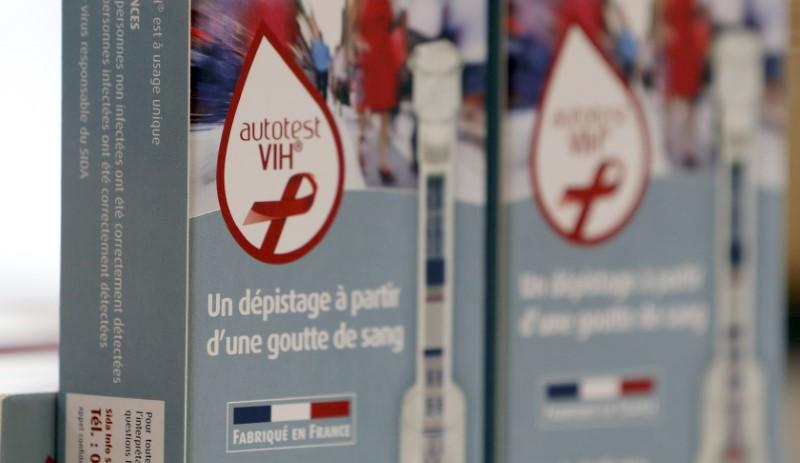
That year, 160,000 people contracted the virus that causes AIDS in the 53 countries that make up the World Health Organization's European region, the agency said in a joint report with the European Centre for Disease Prevention and Control (ECDC).
Around 80 per cent of those were in eastern Europe, the report found.
"This is the highest number of cases recorded in one year. If this trend persists, we will not be able to achieve the ... target of ending the HIV epidemic by 2030," the WHO's European regional director, Zsuzsanna Jakab, said in a statement.
The trend was particularly worrying, the organisations said, because many patients had already been carrying the HIV infection for several years by the time they were diagnosed, making the virus harder to control and more likely to have been passed on to others.
10-year lifespan gain for some HIV patients: study
Early diagnosis is important with HIV because it allows people to start treatment with AIDS drugs sooner, increasing their chances of living a long and healthy life.
"Europe needs to do more in its HIV response," said ECDC director Andrea Ammon.
She said the average time from estimated time of infection until a person is diagnosed is three years, "which is far too long".
The report said new strategies were needed to expand the reach of HIV testing - including self-testing services and testing provided by lay providers.
Almost 37 million people worldwide have the human immunodeficiency virus that causes AIDS. The majority of cases are in poorer regions such as Africa, where access to testing, prevention and treatment is more limited, but the HIV epidemic has also proved stubborn in wealthier regions like Europe.
The WHO European Region comprises 53 countries, with a population of nearly 900 million people.
Improved access to drugs helps lower AIDs related deaths
The ECDC/WHO report found that over the past ten years, the rate of newly diagnosed HIV infections in this region has risen by 52 per cent from 12 in every 100,000 of population in 2007 to 18.2 for every 100,000 in 2016.
That decade-long increase was "mainly driven by the continuing upward trend in the East," the report said. An ECDC study published earlier this year also found that around one in six new cases of HIV diagnosed in Europe are in people over the age of 50.

















COMMENTS
Comments are moderated and generally will be posted if they are on-topic and not abusive.
For more information, please see our Comments FAQ